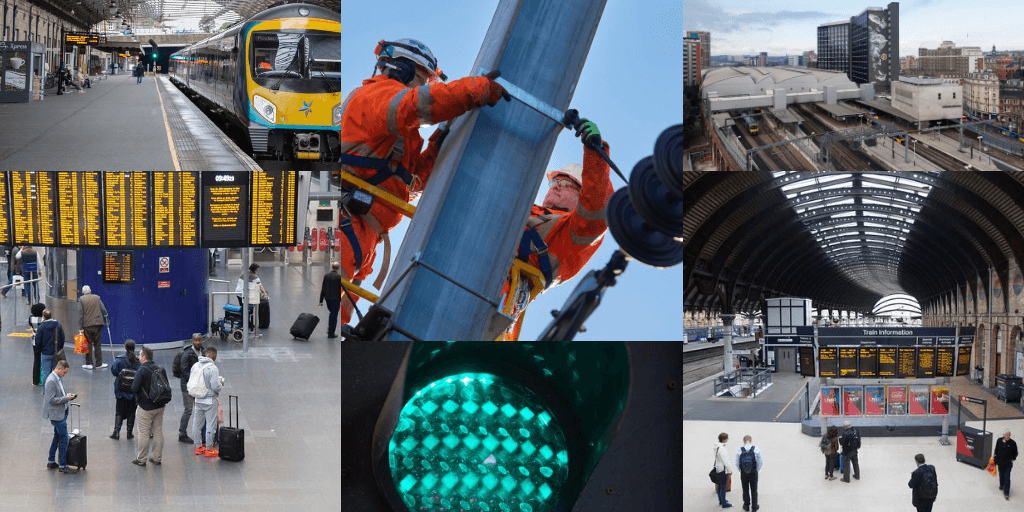The Government has announced a down-payment of almost £600 million to get on with major upgrades to the existing Transpennine rail route linking Manchester and York, via Leeds and Huddersfield.
This welcome news for both long-suffering passengers and freight operators will see one of the North’s key rail arteries see a major overhaul. The route has a number of major bottlenecks hasn’t had a significant upgrade since Victorian times
To tackle those bottlenecks, four tracks will be created where there are currently two to help trains overtake and increase reliability, whilst key parts of the line will be electrified to make journeys quicker and greener.
Significant investment in this 76-mile corridor has been a cornerstone of Transport for the North’s 30-year blueprint for northern infrastructure investment. And our Board members have been vocal in their desire to see the work on the Transpennine Route Upgrade (TRU) begin.

In fact, when Transport for the North become a statutory body in 2018, we used our first piece of statutory advice (to then Transport Secretary Chris Grayling) to not only affirm the significant benefits of the committed £2.9 billion scheme – but the importance of going further, to deliver the maximum benefits to passengers and freight users in the North.
Our advice set out strong support for the project and the economic prize it could unwrap as part of early delivery up to 2024. But we also made the case to push further to lock-in more upgrades beyond that date, including full electrification and the ability to transport large freight containers across the Pennines (something that’s currently impossible).
That’s why the Transport Secretary’s backing of the project is so welcome. He’s quoted in the media saying that not only will the first funding release kick-start delivery of the project, but that he wants his Department to go further than the scheme currently on the table – including full electrification, more multi-tracking and improved freight capacity.
The Government’s ‘can do’ spirit is currently palpable. A desire to speed up some of its own processes and industry action to get these projects funded and underway quicker will be music to the ears of northern leaders. Let’s not forget, it’s they who have been consistent and persistent in their calls for this to happen, to help slash carbon emissions and rocket-boost reliability.
As recent as January 2020, Transport for the North issued a set of ‘challenges’ to the Department for Transport that sought clarity on the upgrade and to lock-in support for longer-term benefits. The Department have responded very positively, and as result passengers in the north will benefit.
Such positive activity by the Department, follows years of healthy challenge and joint working from Transport for the North, steadfast in maintaining the original ambition for the project – to increase reliability, capacity and speed on the line, making it a travelling experience fit for the 21st century and beyond.
There are still important caveats. The wider upgrades will be considered as part of the Government’s Integrated Rail Plan, set to be published in December. Depending on how large the funding envelope Government chooses to commit to rail investment, such elements of the project could be pit against other major schemes for cash. In short, we’re not quite over the line yet.
We know, in isolation, TRU will not be enough to tackle decades of underinvestment and managed decline in the North’s railways. But it’s a strong start and, following a few false starts over the years, looks now ready to depart the station. Government has it’s foot over both the accelerator and the brake on rail investment in the North – and we all must welcome their intent to get TRU moving.
As part of the devolution agenda, Transport for the North has long since called for greater visibility of and a stronger role in overseeing delivery of projects such as TRU. Until we’re empowered to instruct and give the green light to such projects, we’ll continue to work collaboratively with Whitehall to make the view from the North known – challenging where necessary, but embracing progress when it comes.